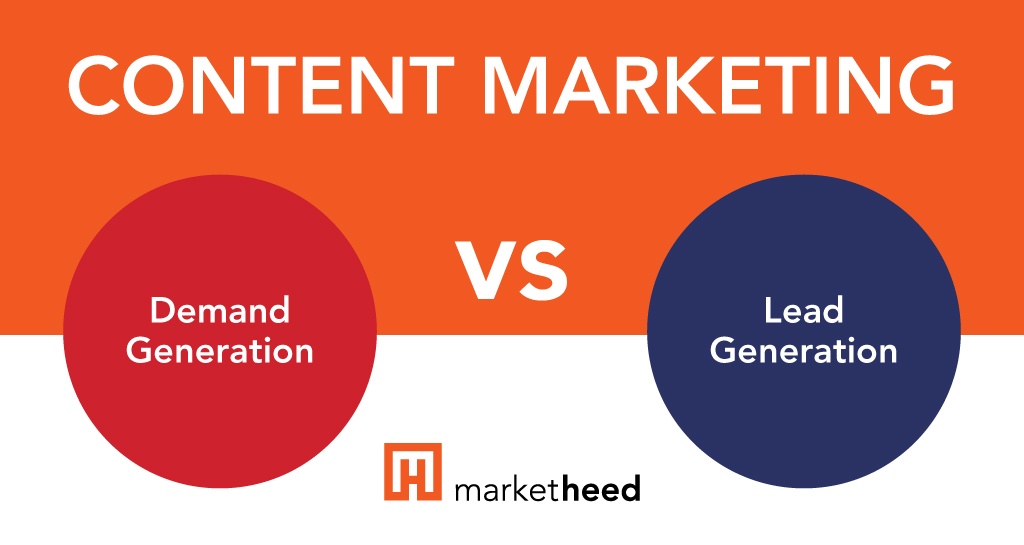
Pitching a new idea to an untapped market is no small task, especially for startup companies with little or no brand power. These “disruptive innovations” have the power to change the landscape of the existing market, but to do that, you have to create the demand necessary to bring your product into the public eye.
Getting Started
Startups that produce disruptive technologies don’t have a defined customer base to market to from the start. The market is there, but it often differs greatly from the established groups that big companies are pitching to. In order to get off the ground, you must first define the market for your product and understand how it meets needs that aren’t currently being addressed. This provides the basis for B2B demand generation marketing.
Stirring up interest in the B2B landscape is more difficult than in B2C because your target customers are discerning companies rather than curious individuals. You need to convince potential clients that your product is better than what they’re using now and show them how making the switch can benefit their organizations.
Why Demand Generation vs Lead Generation?
Marketing tactics are different for demand generation vs lead generation because lead generation requires more brand power to show results. Demand generation involves sharing content with potential customers in a way that requires nothing in return. They can view, consume and share your content without restriction. Lead generation, on the other hand, uses gated content - a landing page with a form that has to be filled out before the content can be accessed.
As a startup, your brand doesn’t yet have a foothold in the market. Without a recognizable brand behind it, marketing for lead generation won’t deliver the results you want. Instead, you have to focus your energy on inbound marketing tactics that bring your idea and your brand to the market you hope to tap into. Putting the focus on demand generation builds the brand recognition you’ll need when it comes time to switch to generating leads.
Demand Generation for Product Visibility
Demand generation gives you the chance to get your foot in the door with a new segment of the market and establish your company as an innovator with fresh ideas. Start by building your email list, using your website to drive signups. Leverage social media updates to get people interested in what you have to offer and generate an even larger customer database.
Once you have a list of interested customers, start sending out regular updates to keep them in the loop. Separate potential clients into groups based on demographics and tailor your message for a personalized experience. Speak directly to the needs and wants of each segment to give them an understanding of what your new product can do for their specific needs.
Creating a Viable Inbound Marketing Plan
Inbound marketing is all about creating content. You must begin with a solid knowledge of the audience you’re trying to reach and the keywords they’re using to research products and services similar to yours. Incorporate these keywords into your content to increase visibility in organic search results.
In addition to this common SEO tactic, strive to generate unique, valuable content that shows your knowledge to your target market. Consolidate that knowledge into blog posts, e-books and whitepapers and share them on social media for a wider reach. You should also create content specifically for social media that uses images and video to attract attention. Together, these tactics have the power to establish your brand in the market and increase demand for your innovative products.


